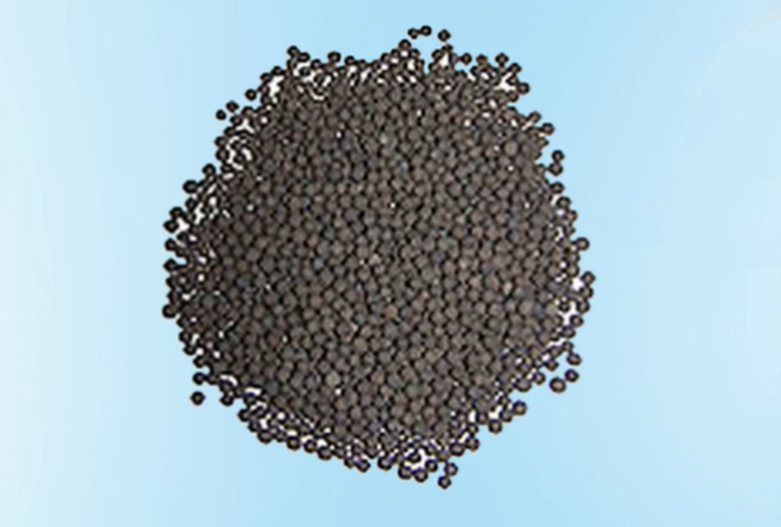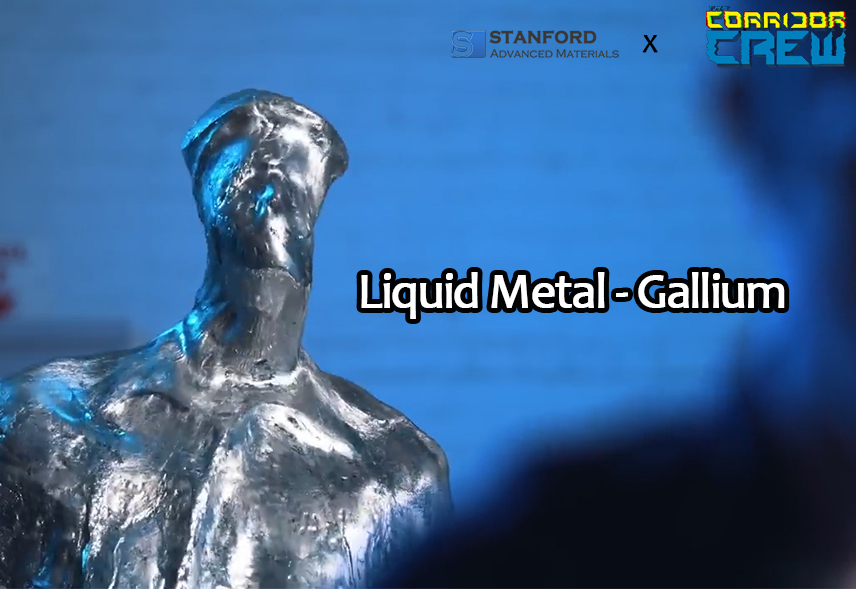Utilizing Catalyst Poisoning to Improve Catalyst Selectivity: The Role of Lindlar Catalysts
Introduction
Building on our previous discussion of catalyst poisoning in precious metal catalysts, this article explores an intriguing aspect: how catalyst poisoning can be strategically utilized to improve catalyst selectivity. By selectively deactivating certain active sites on a catalyst, it is possible to enhance the selectivity of a reaction, leading to a higher yield of desired intermediate products. This principle is exemplified by the Lindlar catalyst, which is widely used for the partial hydrogenation of alkynes to cis(Z)-olefins.
Utilizing Catalyst Poisoning to Improve Catalyst Selectivity
Catalyst poisoning occurs when some of the active sites of the catalyst are deactivated, resulting in a limitation of a portion of the reaction process. If this phenomenon is exploited to increase the proportion of a particular reaction pathway, a greater yield of intermediate products can be obtained, effectively enhancing the selectivity of the reaction. The Lindlar catalyst is a prime example of this approach in action.
Introduction and Principles of Lindlar Catalysts
Lindlar Catalyst is a selective catalyst widely used in organic synthesis, mainly for the partial hydrogenation of alkynes to cis(Z)olefins.
Fig. 1 Lindlar Catalyst-Catalyzed Hydrogenation of Alkynyl Bonds to Double Bonds
The Lindlar catalyst consists of palladium as the main active component, which provides the active sites for the hydrogenation reaction. Calcium carbonate, as the carrier of the catalyst, provides a high specific surface area and a stable substrate. Lead (Pb) or thallium (Tl) as the catalyst toxicant to partially passivate the palladium surface so that it selectively catalyzes the partial hydrogenation of alkynes without over-hydrogenation to alkanes.
The Lindlar catalyst is designed to control the activity of the palladium so that it can selectively partially hydrogenate an alkyne (R-C≡C-R') to a cis-olefin (R-CH=CH-R') while avoiding further hydrogenation to an alkane (R-CH₂-CH₂-R'). This is achieved by the passivation of palladium and optimization of reaction conditions. Hydrogen (H₂) is adsorbed on the palladium surface and dissociates into reactive hydrogen atoms (H). These hydrogen atoms are the active substances of the reaction and they participate in the partial hydrogenation of the alkynes. The alkyne molecule adsorbs on the palladium surface and reacts with the active hydrogen atoms to first form the intermediate ethylene (C₂H₂), which is then further hydrogenated to a cis-olefin. The presence of lead or thallium restricts further hydrogenation, allowing the hydrogenation of olefins to be inhibited so that cis-olefins are primarily produced. The lead or thallium acts as a toxic agent by interacting with the palladium surface, reducing the available active sites of the palladium and decreasing its tendency to over-hydrogenate. This ensures that the reaction stays predominantly at the stage where cis-olefins are produced.
Examples of Applications of Lindlar Catalysts
1. Partial Hydrogenation of Phenylacetylene to Styrene
Hydrogenation of phenylacetylene (C₆H₅-C≡CH) in the presence of a Lindlar catalyst selectively produces cis-styrene (C₆H₅-CH=CH₂) without further hydrogenation to ethylbenzene (C₆H ₅-CH₂-CH₃).

Fig. 2 Lindlar Catalysts
2. Synthesis of Vitamin A Precursors
In the synthesis of vitamin A, partial hydrogenation of polyalkynyl compounds to the corresponding cis-diene or monoalkene compounds is required, and Lindlar catalysts are widely used because of their high selectivity.
Advantages and Limitations of Lindlar Catalysts
Advantages:
- High Selectivity: Efficiently partially hydrogenates alkynes to cis-olefins, avoiding over-hydrogenation.
- Mild Conditions: Reactions typically occur at room temperature and atmospheric pressure, making the process straightforward to control.
Limitations:
- Sensitivity: Requires strict control of hydrogen pressure and reaction time to prevent excessive hydrogenation.
- Toxicity: The use of lead or thallium as toxicants poses environmental and health risks, necessitating careful disposal and waste management.
Conclusion
Utilizing catalyst poisoning to enhance selectivity offers a powerful tool in organic synthesis, as demonstrated by the Lindlar catalyst. By strategically deactivating certain active sites, it is possible to achieve high selectivity and obtain desired intermediate products efficiently. While the Lindlar catalyst has significant advantages in terms of selectivity and reaction conditions, it also presents challenges such as sensitivity and environmental concerns due to the use of toxicants.
Linking back to our previous discussion on catalyst poisoning, understanding and managing the selective deactivation of catalyst sites can provide new avenues for optimizing reactions and improving catalyst performance. Future research and development should focus on creating safer and more sustainable catalysts that maintain high selectivity without compromising environmental and health standards.




